|
Happy New Year every one! Kathy and I are excited for the third year of Plant Wisdom Garden Center. Last year, in spite of many challenges(late freezes, rain, ice, and heat), we saw a lot of familiar faces, friends, and newcomers. We are so happy to be here again and hoping for our best year yet! We have some fun and interesting classes planned, exciting new plants, and the same outstanding hardy plants you’ve come to expect from Plant Wisdom.
Doing these is a great way to accomplish some of your New Year Resolutions. Just half an hour gardening can burn up to 300 calories. Mycobacterium vaccae, that’s a bacteria and it’s in your soil. A walk through your yard, and it will be on your shoes. This bacteria was found about 10 years ago and used to boost the immune system of cancer patients. As a side effect, the oncologists found that the mood of the treated patients improved drastically. Not to mention all the tasty herbs, fruits, and vegetables your garden can give you! So get out there and dig in the garden, your body and mind will thank you! - Alex Wisdom
4 Comments
The cold winds are dying down and it's great time to get back out in the garden and do some of the less glamorous tasks while it's still nice outside! So when May hits everything is ready for color installs and all the other fun stuff we look forward to! Sow Annual and Herb Seeds Now is the time to get your summer herb and annuals started. Celosia, Moon Flower, Sun Flowers, Zinnias, and Basil, Cilantro(Coriander), and Parsley. Just follow the directions on packets. If you have older seed and don't know if they are viable, here's a way to check. 1. Moisten a paper towel and lay out flat. 2. Place 5, or so, seeds on the towel with some space between and fold up so the seeds are wrapped up tightly. Place towel package in a zip top bag. 3. Place the bag in warm, but not sunny spot. Leave alone for the number of days to germination listed on the packet or on this chart. 4. Once that time is up, open the bag and package and inspect the seeds. If most of the are plumped or even sprouting, the seeds are safe to plant. If only a couple are sprouting after a couple weeks, don't expect much out of those seeds. Plant Fruit and Vegetable Plants So this year has been odd, it's been warm(one day over 90!), and as I right this, at least, one more night in the 40's. The soil temps have been in the 60's: 2 inch temps, 4 inch temps. So it *should* be safe to plant most veggies. Just remember, two years ago we had a frost on May 5th! In any event, by the end of the week we will be bringing in the more cold sensitive plants. There are just a few more days to think about your gardens. Apples, Pears, Strawberries, Tomatoes, Chiles, Cucumbers, Melons, Herbs, etc Weed 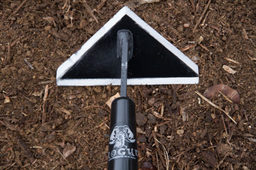 Yes, it's super exciting, but it pays off. Just a couple hours on a Saturday morning will continue to pay dividends all season! The trick is a scuffle or colinear hoe. These are sharp and the blade is oriented parallel to the ground. Just slide or "scuffle" the hoe around the bed and the weeds are cut off at the ground. Yes, some do come back! If you have a decent hoe(over $25), the task will be easy to do once a week. After a while, the weeds will burn through their energy stores and die. If you never till your bed(NEVER TILL YOUR SOIL), you won't activate dormant seed in the soil and you won't have weeds! Follow this advice, and weeding will only end up on your to-do list twice a year! Fertilize or Compost Your Plants This is the easy one. Add a does of good slow release fertilizer like Color Star, Nutra Star, or Espoma to all of your potted plants. All their nutrients were used up last year or leached out of the pot over the Winter. Feed them now, when new growth starts, they're hungry! Add a good couple inches of compost to your garden beds. It is denser, and will block light to seeds and retain moisture better than any wood waste mulch. It also leaches into your soil adding nutrients and organic matter, and helps to break down the clay. ExploreFinally, go explore the local botanical gardens and garden centers. There is always something to look at and get ideas from.
Myriad Gardens 301 W Reno Will Rogers Park 3400 NW 36th The OKC Zoo 2101 NE 50th St The Botanic Garden at OSU 3300 W. 6th, Stillwater
These are just a few of the conifers we have, and I hope I have given you an idea for a different kind of arrangement. In containers or in beds, hollies and conifers can create a garden unlike anyone else on your block. So think out side of the annual, perennial, hedge, and succulent boxes and come check out our selection. Below is a link to the web page of the nursery from which we get most of our conifers and evergreens. It has lots of great information as well as pictures of the full grown plants and ideas for arrangements. http://www.iselinursery.com/fanciful-gardens/ http://www.iselinursery.com/colorful-conifers/ http://www.iselinursery.com/container-gardens-alternative-for-small-spaces/ Alex Wisdom Plant nerd since grade school. Ah, Summer. The heat index was 105 degrees yesterday, today looks like it will rain enough to make tomorrow miserable, and the weekend doesn't look much better. This means, for those of us that WANT to get out in the gardens, our plants may not be looking all that great. Geraniums are yellowing, petunias are petunia-ing, and Periwinkles are... well, they are probably fine. But there is a class of plants that is, just now, beginning to look their best! Of course these are the plants that were here before any of us were; native plants! Natives will thrive in any condition Oklahoma can throw at us because they have spent countless ages adapting to our, eh hem, interesting weather patterns. The best part is that most of them start blooming when our spring perennials and annuals are starting to fade.
These are just a few of the natives that are available. Slash Pine, Kentucky Coffee Tree, and Catalpas, Blue Grama Grass, Indian Steel Grass, even a Sugar Maple! So, if your yard or garden usually look a little drab this time of year and you want some color or texture to tide you over until Pansy and Mum time, think about some native plants. The are easy, sustainable, and better than organic because they rarely need ANYTHING applied to them to grow well. In fact, fertilizers and compost can harm or disfigure natives like Rudbeckia, grasses and Cone Flower either by encouraging too much growth so that they flop over or just burn the leaves! They will need regular, deep waterings in their first year, but soon they will need nothing except the occasional pruning or deadheading to keep them looking tidy.
Stop the Crepe Murder |
Authors
Kathy and Alex have combined experience of over 25 years, and offer their expertise here. Archives
February 2019
Categories
All
|
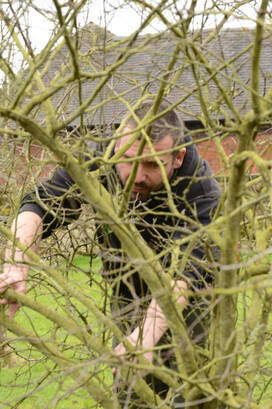
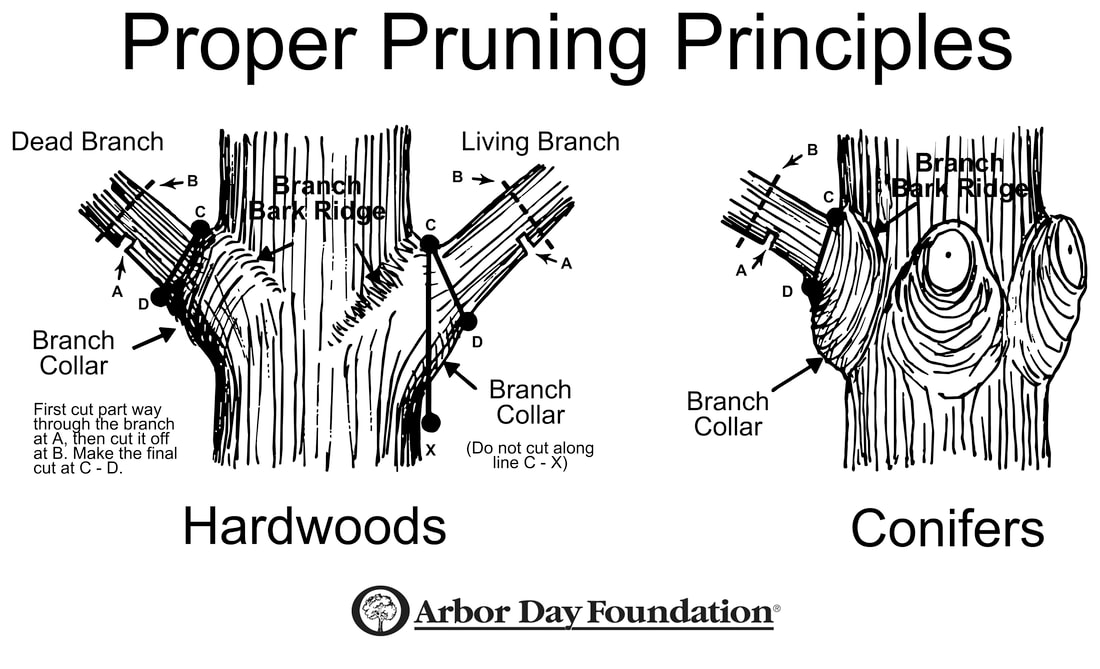
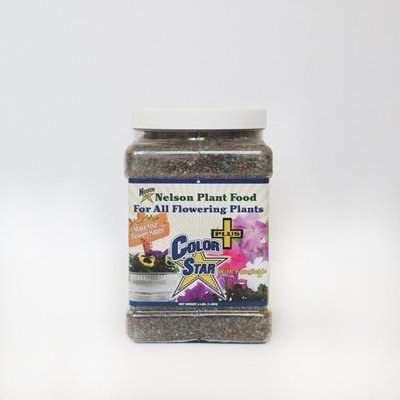
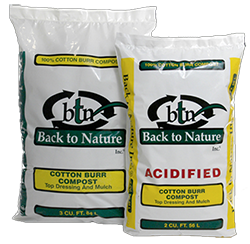
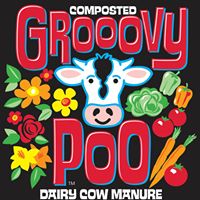

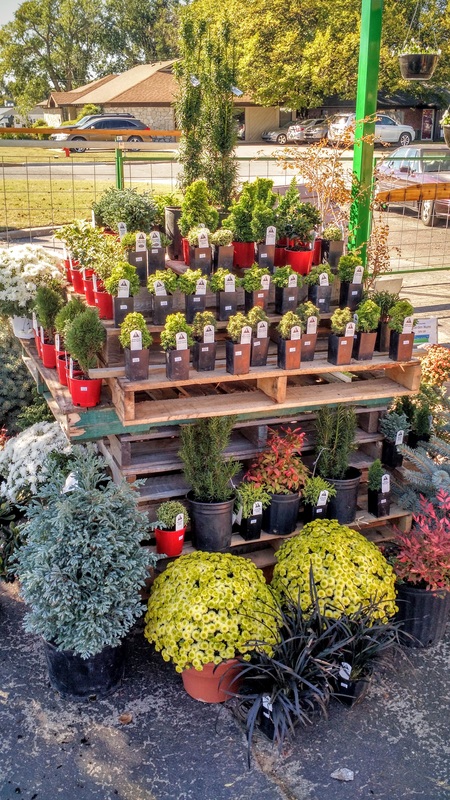
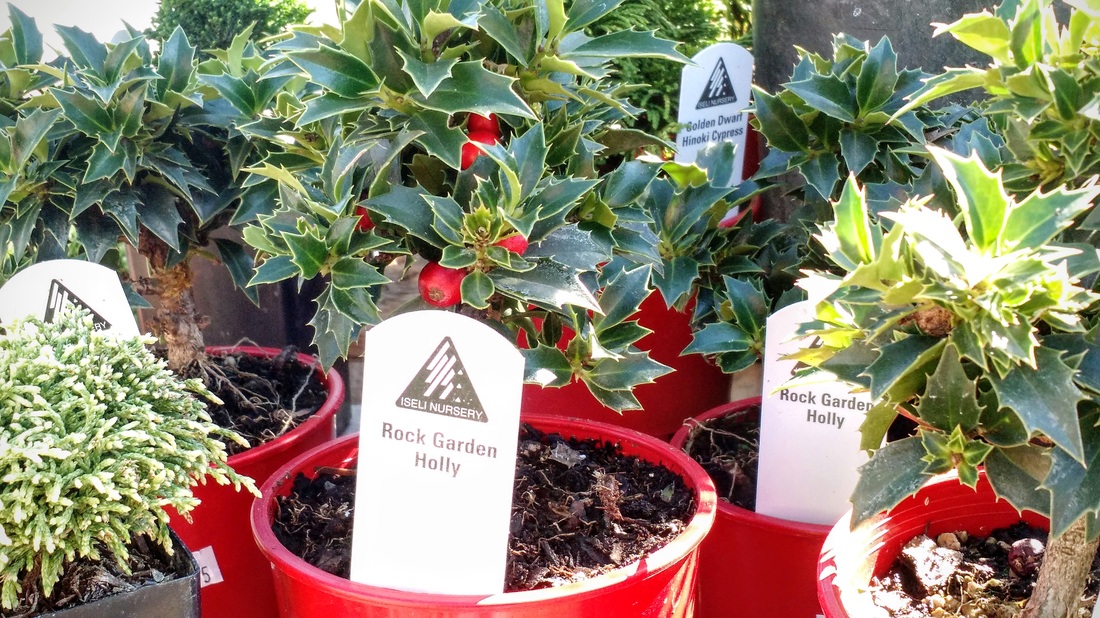
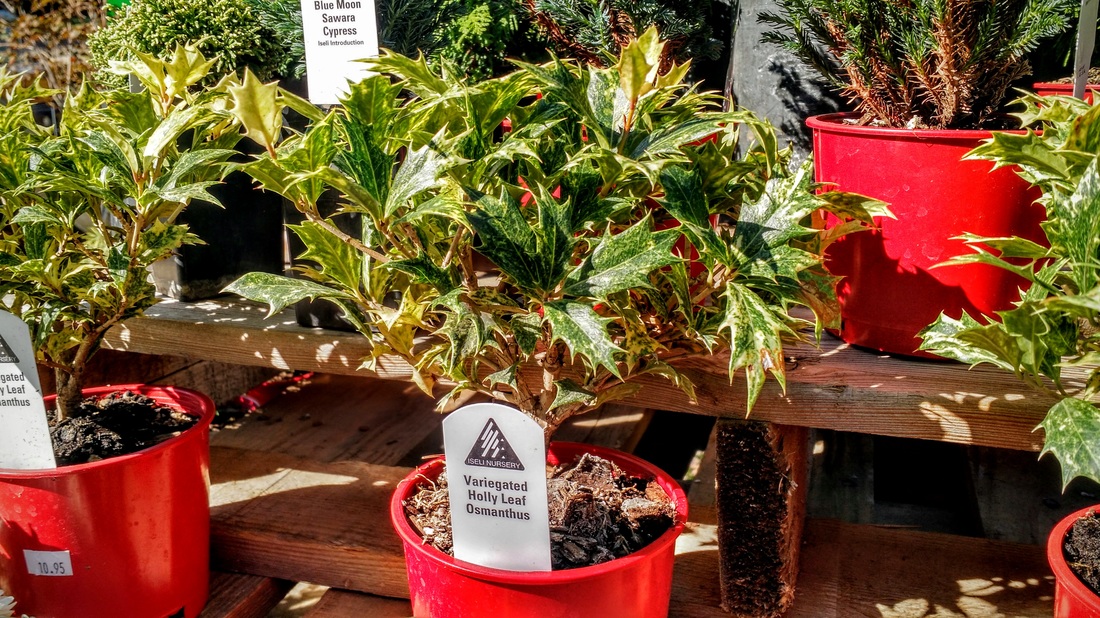
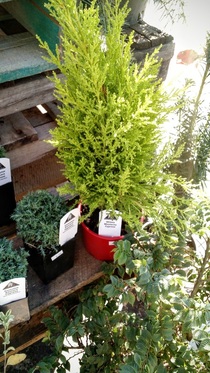
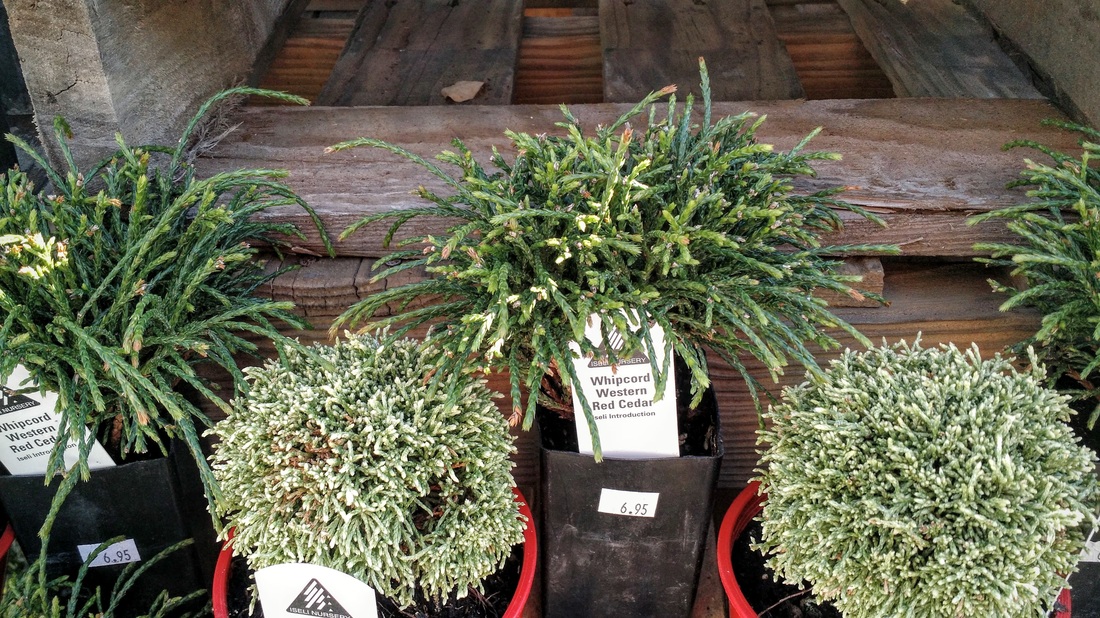
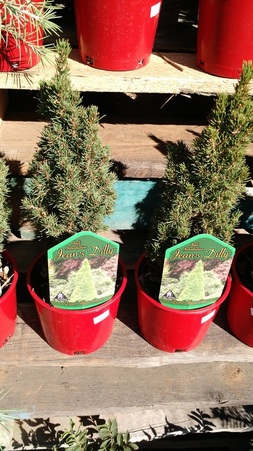
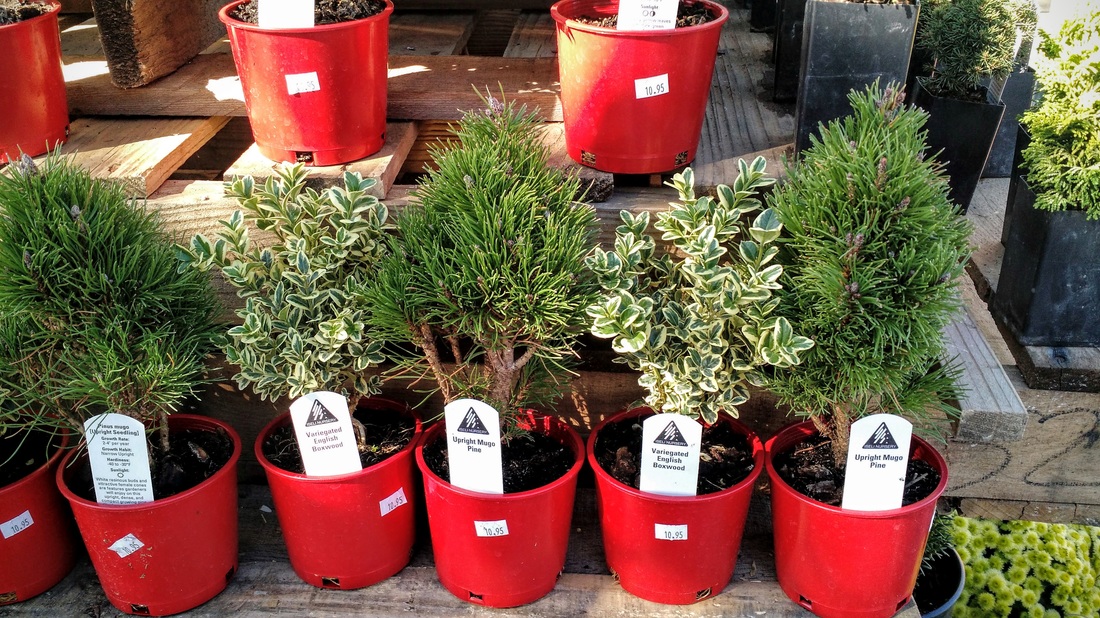
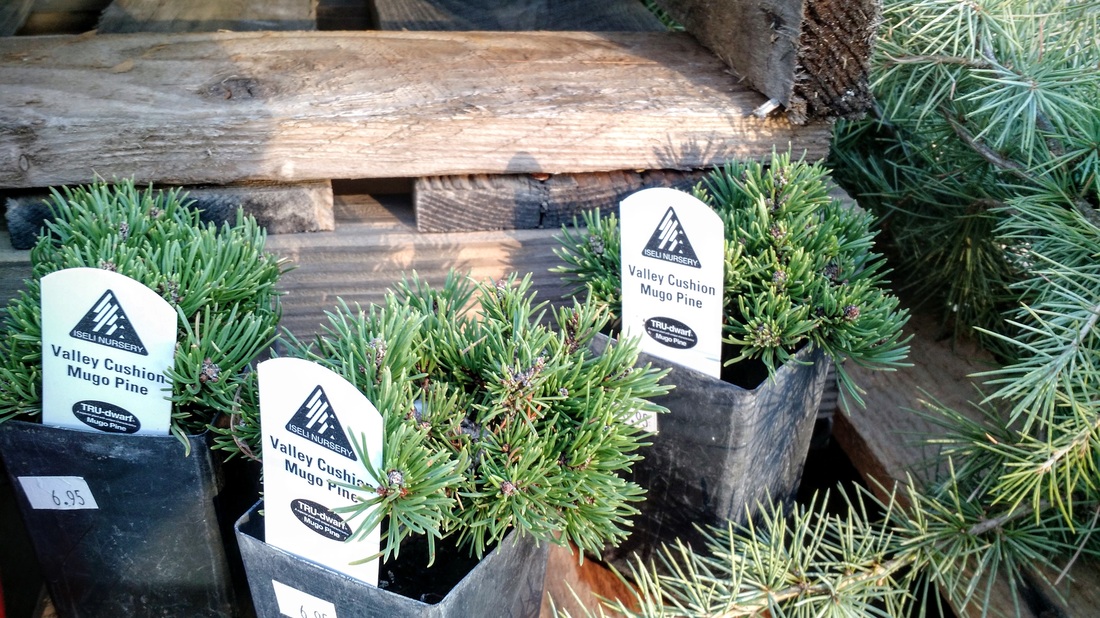
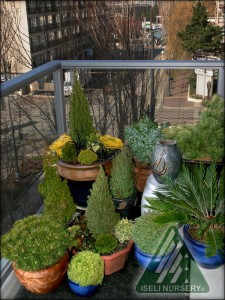
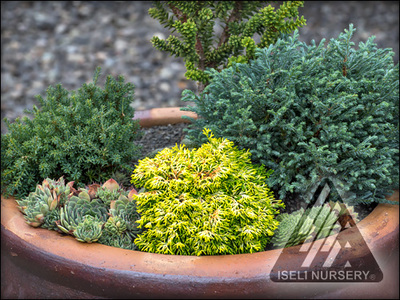
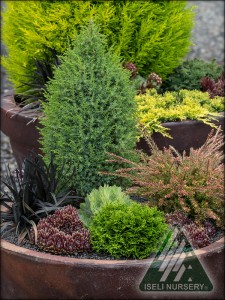
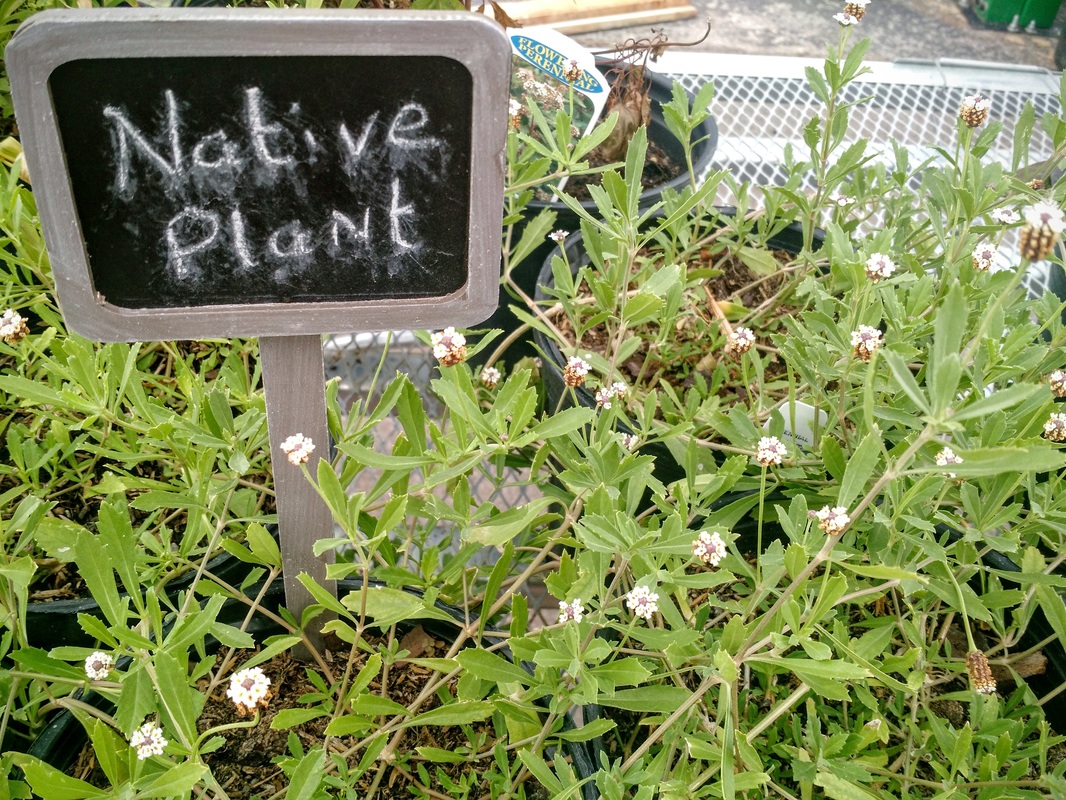
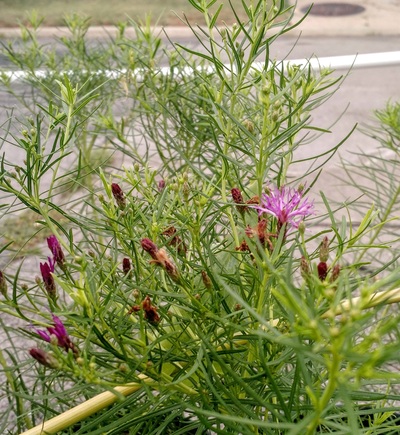
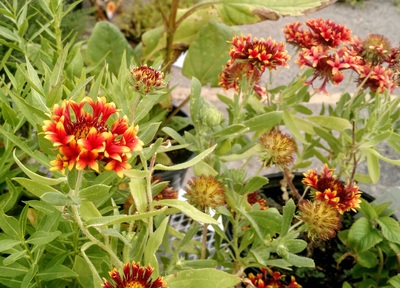
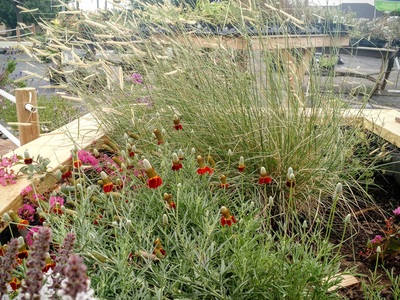
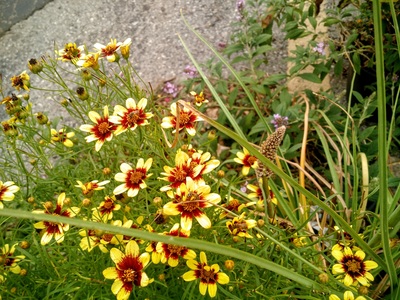
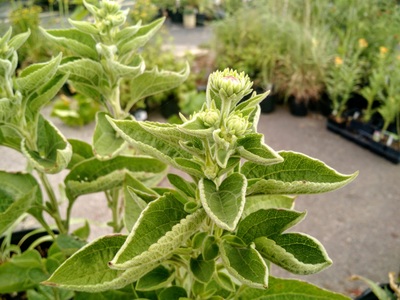
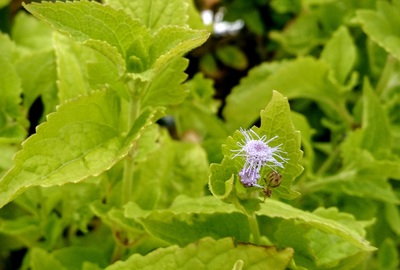
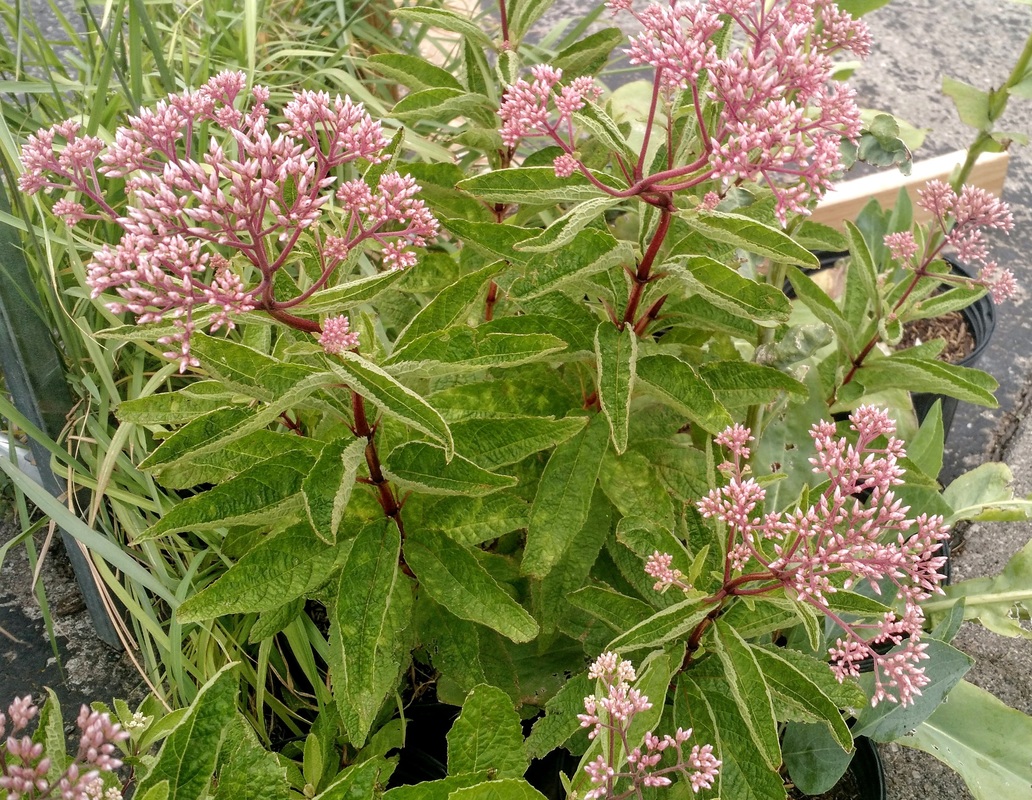
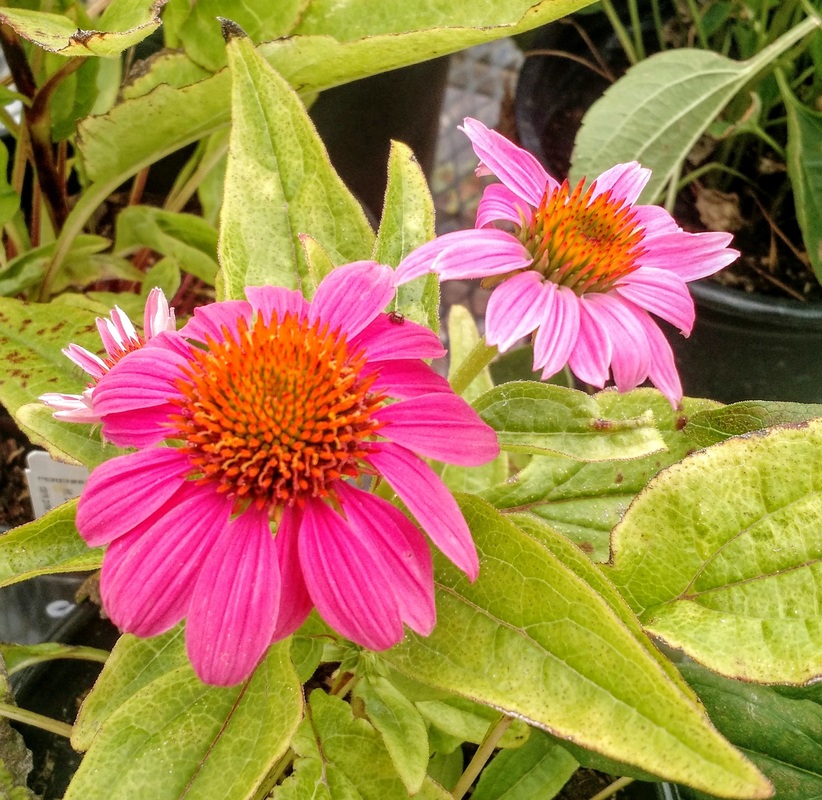
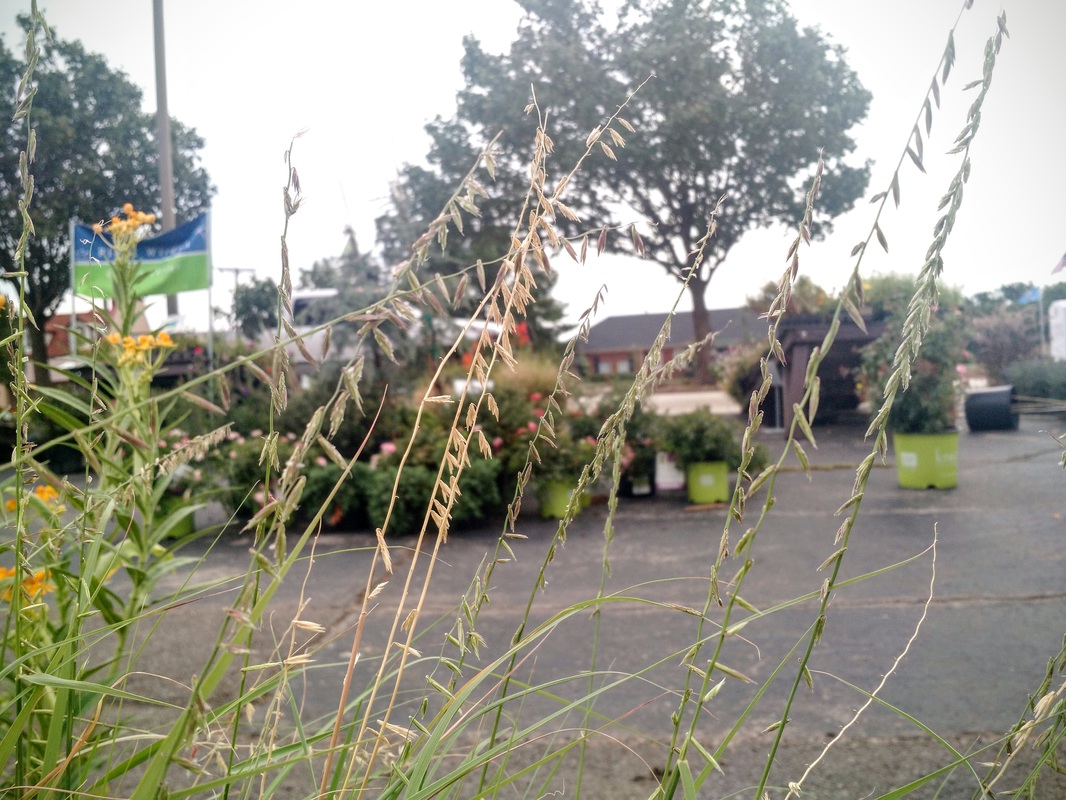
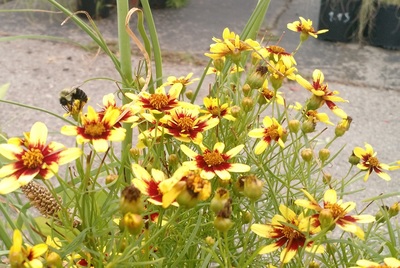
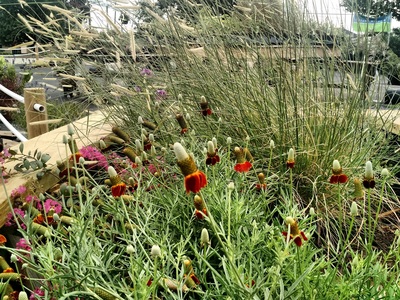
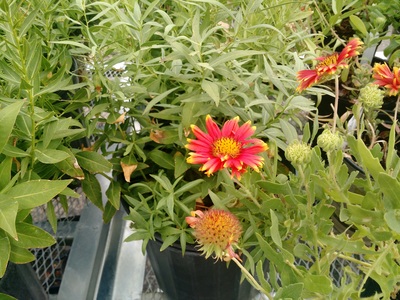
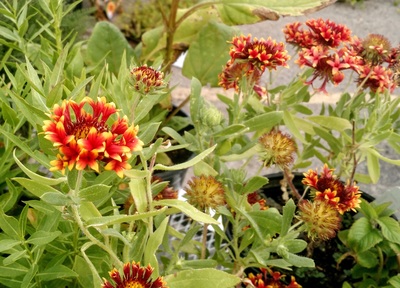
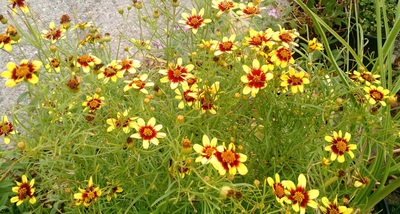
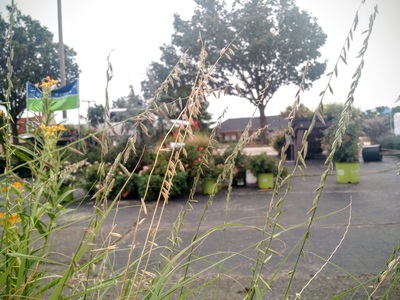
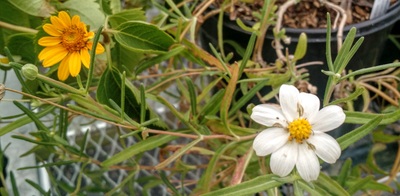
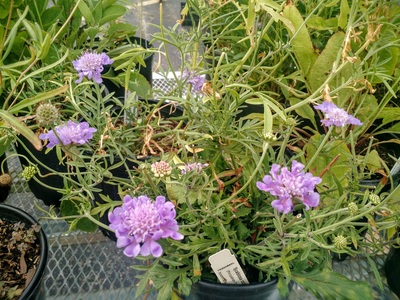
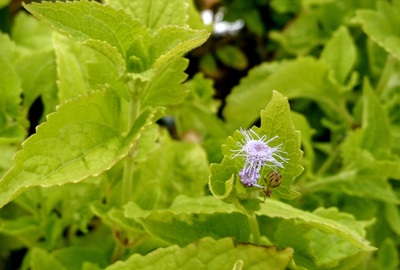
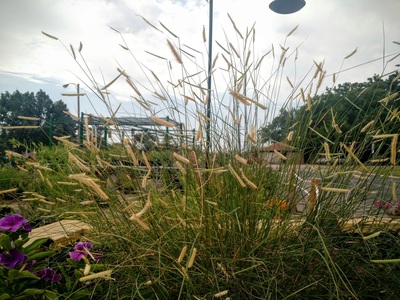
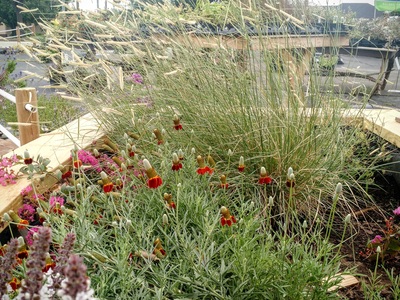
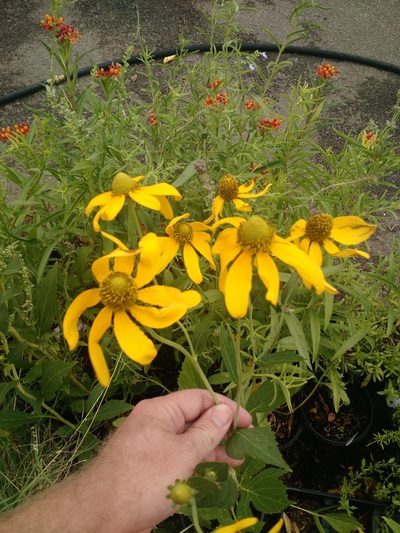
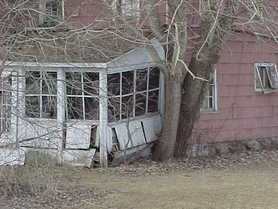
 RSS Feed
RSS Feed